
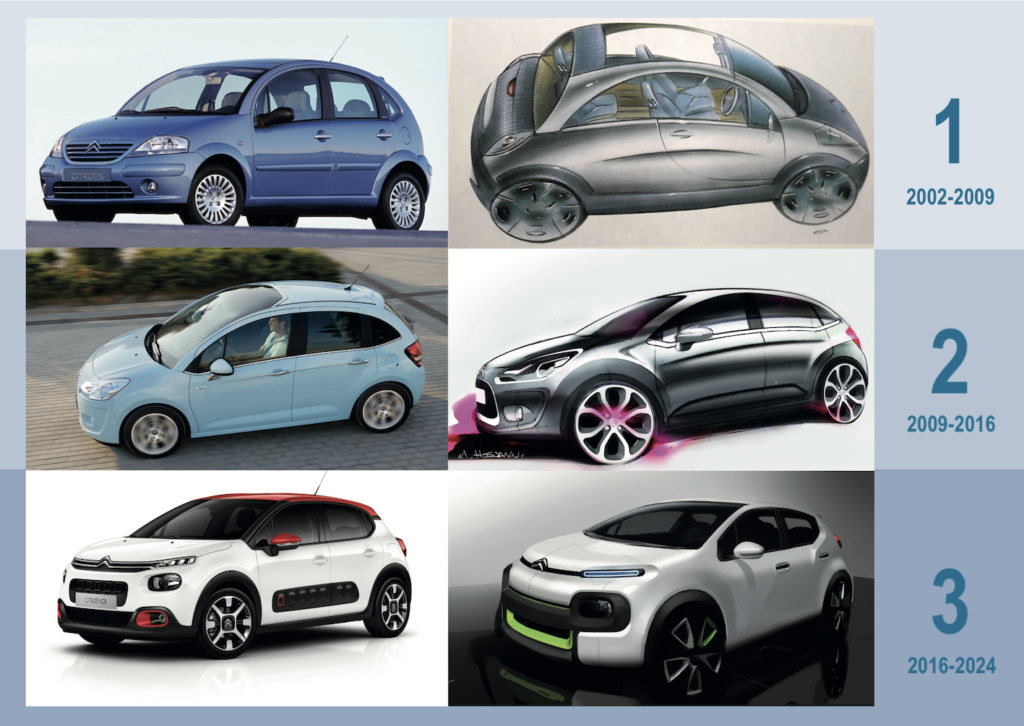
Every manufacturer has one model that counts more than the others. Often this is because it accounts for the largest single volume of sales. But that’s not the only reason. The 205 in 1983 saved Peugeot, Renault’s Scénic invented a new concept of compact family car and the much-maligned Porsche 911 type 996 – with its physical Boxster twin – saved the brand.
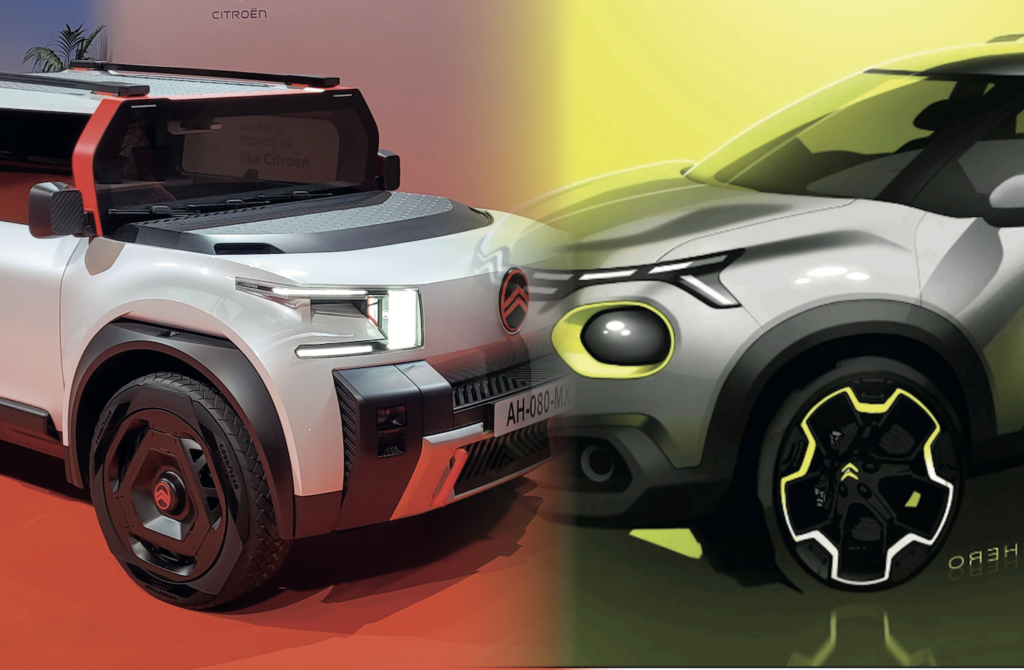
The 4th generation Citroën C3, due to arrive in 2024, is in this vein. It will mark a breakthrough, with an electric vehicle at last, but also a new strategy in terms of positioning (price and concept). Its design will adopt the theme of the bow of the Oli concept and the size of the Indian C3 model (above). But of course, its platform will be that of the e-208 or DS3 E-Tense, adapted to a strategy of controlled cost. It’s time to remind ourselves of the importance of the first three versions, each of which arrived at key moments in the brand’s history. And, in a way, they helped to save it!
First generation 2002-2009
The first C3, with its revamped 2CV look, was the car that set Citroën on the road to a long-awaited revival. With the departure of Jacques Calvet in 1997 and the arrival of Jean-Martin Folz, things changed at the product level. Behind the doors of Citroën’s styling office (then known as the ‘Centre de Création Citroën’), design boss Arthur Blakeslee gave his teams free rein. At last!
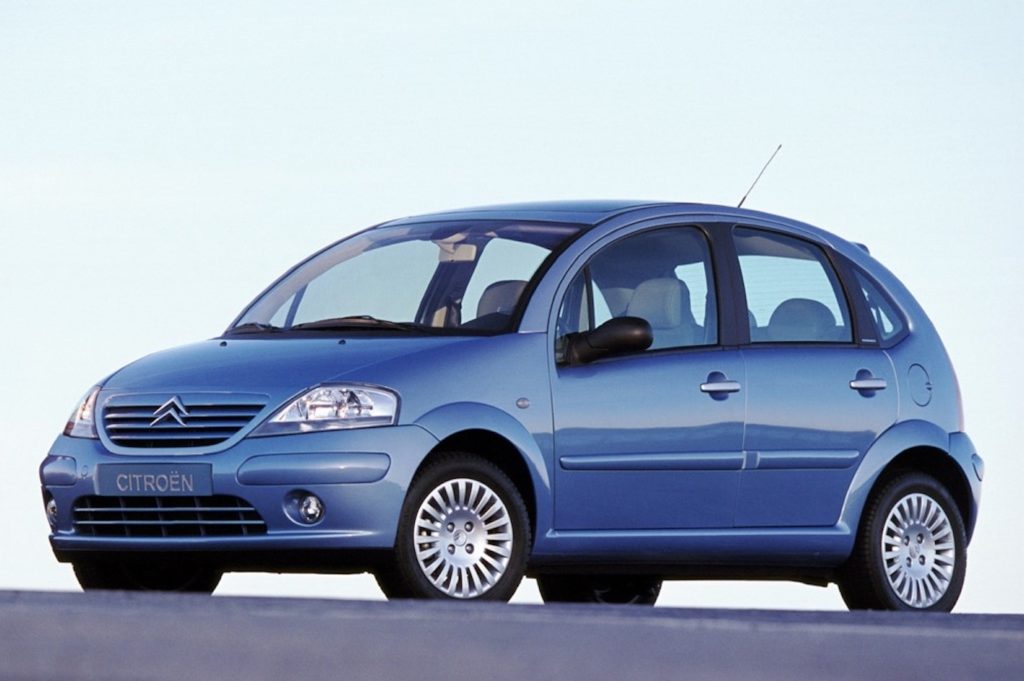
Frédéric Soubirou (now in charge of exterior design for the DS brand) was a Citroën styling trainee at the time and recalls that, at the end of the styling boss’s reign, “Marc Pinson and Oleg Son were the two people who, seeing Blakeslee gradually retire, started to get Citroën moving.” The result was the C3 Lumière and C6 Lignage concept cars below. There was also the C4 Volcane, but brand boss Claude Satinet kept it warm for the future C4 programme.
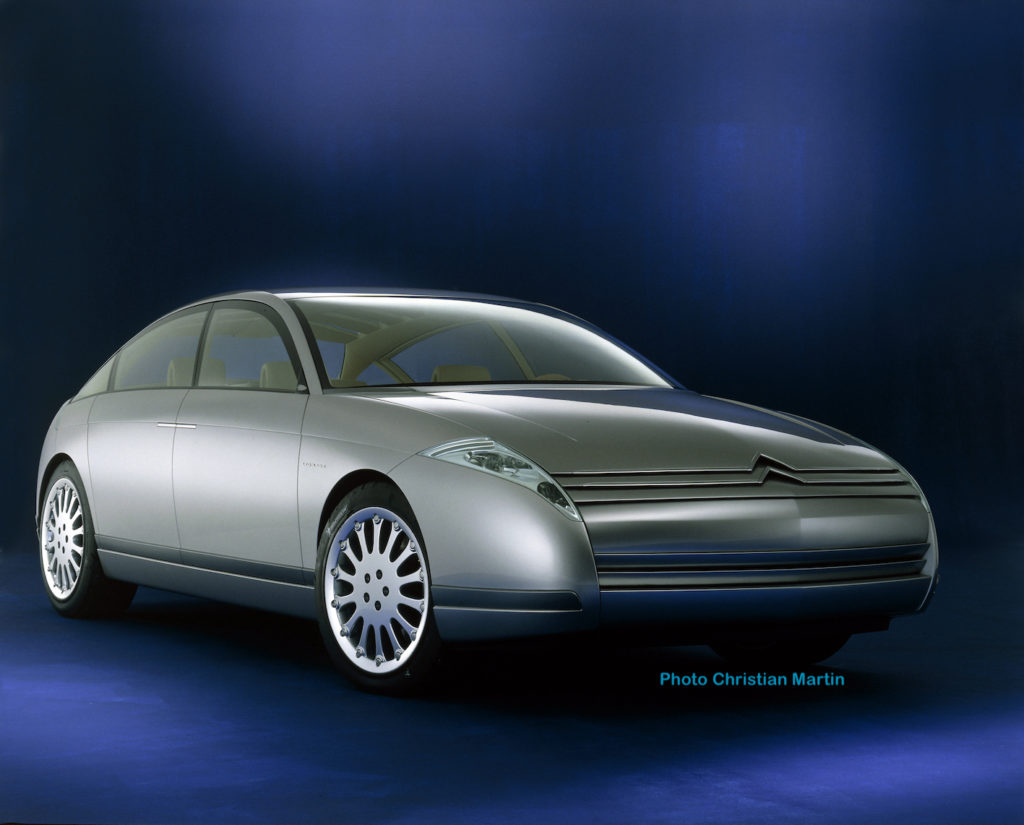
This period at the end of the second millennium was a real breath of fresh air for the brand, as Marc Pinson, who designed the Lignage, pointed out: “The incredible projects we used to do were systematically put on the back burner, whereas here they were selected by management, like the C3 Lumière and the C6 Lignage.
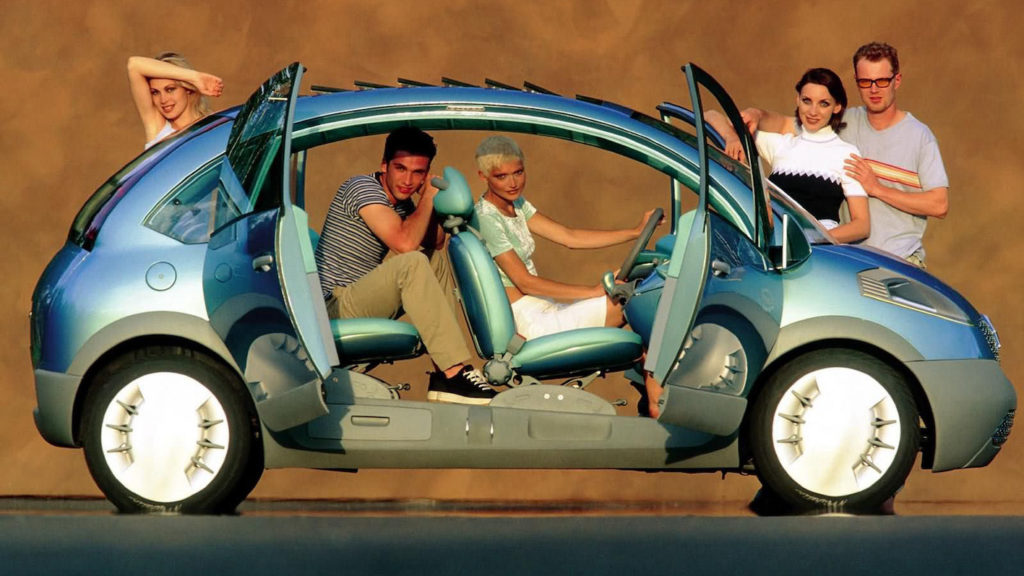
The C3 Lumière above was presented in 1998, a year before the Lignage. It was designed by Oleg Son, and its original ‘bubble’ architecture, with a front end akin to the 2CV’s radiator grille, was an instant hit with the public. It would be four years before the production version, simply called the C3, took shape. This almost coincided with the arrival of Jean-Pierre Ploué in Arthur Blakeslee’s chair.
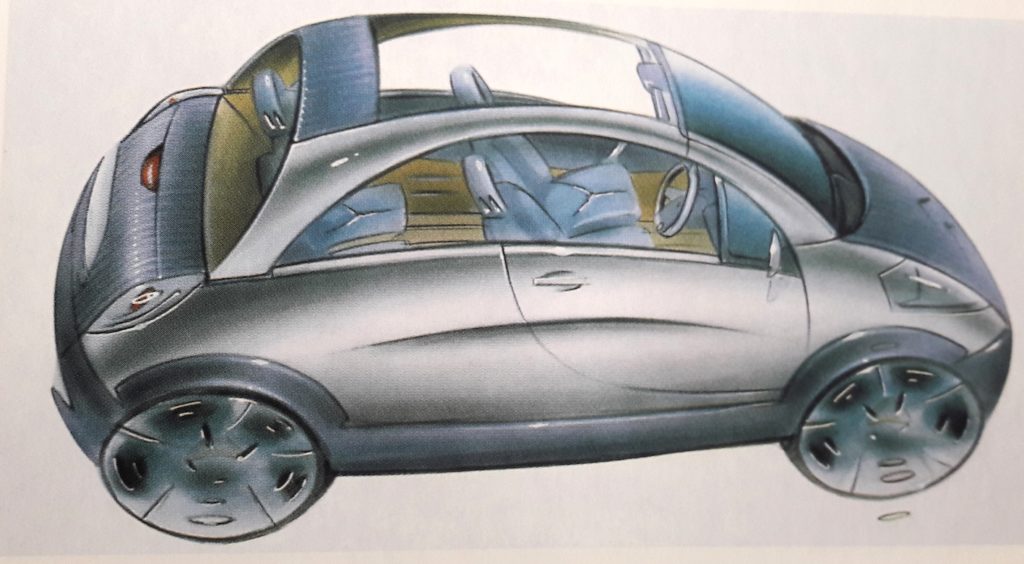
Two years before the C3 went on sale, Ploué left Ford to become head of design at Citroën. An opportunity to shake things up? Certainly not, as he confided in 2000. “When I arrived at Citroën in 2000, I surfed on the wave, there were some good things and I made sure they were better, and I pushed products into development. But under no circumstances should you call everything into question and break everything. Our bosses knew what was in the pipeline and they pushed all our projects. They had no interest in breaking this momentum, quite the contrary” Jean-Pierre Ploué arrived at the right time at Citroën…
Second generation 2009-2016
Just as luck favours the bold, Jean-Pierre Ploué’s luck is about to change. His management is solid. You just have to be able to follow it. We need to get out of our Blakeslee-era clogs and into our trainers for some exhausting sprints! Going faster and faster, breaking the habits of two decades of stagnation and stagnation.
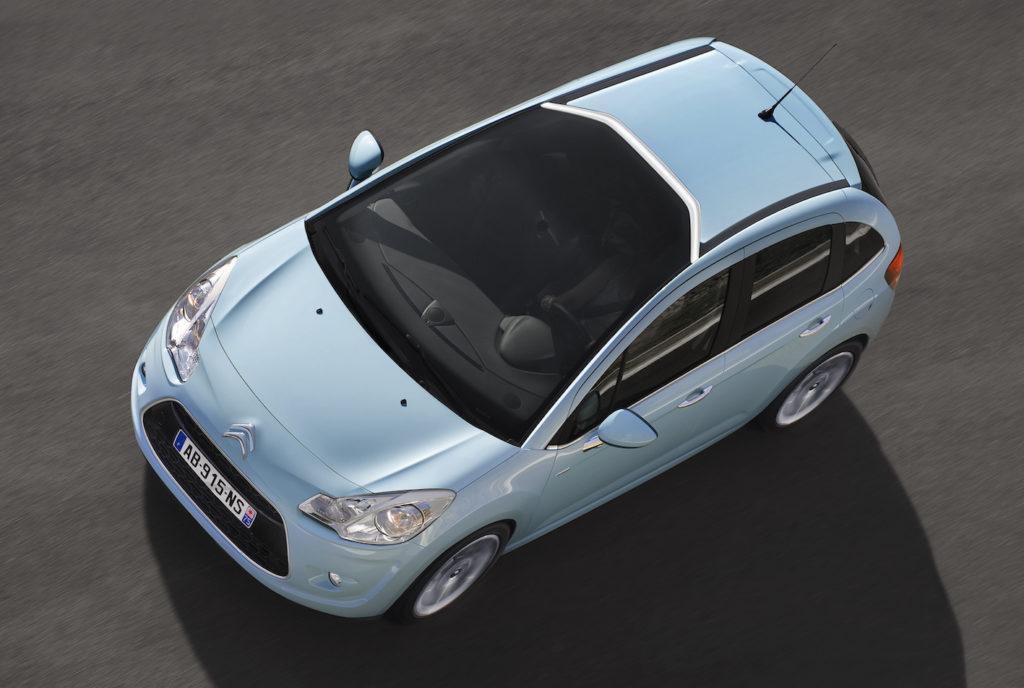
With him, part of the styling team changed. At the time, he said that “when I arrived in design, there were only 97 people in styling. Today, with the reorganisation of the different sectors, there are 200 of us (in 2000 NDA). We’ve taken on new departments, such as the development of new vehicles in the industrial sector, we’ve added the colour and materials department, the perceived quality department and the design department, but we’ve still taken on new staff. In fact, I’ve replaced 75/80% of the team…”.
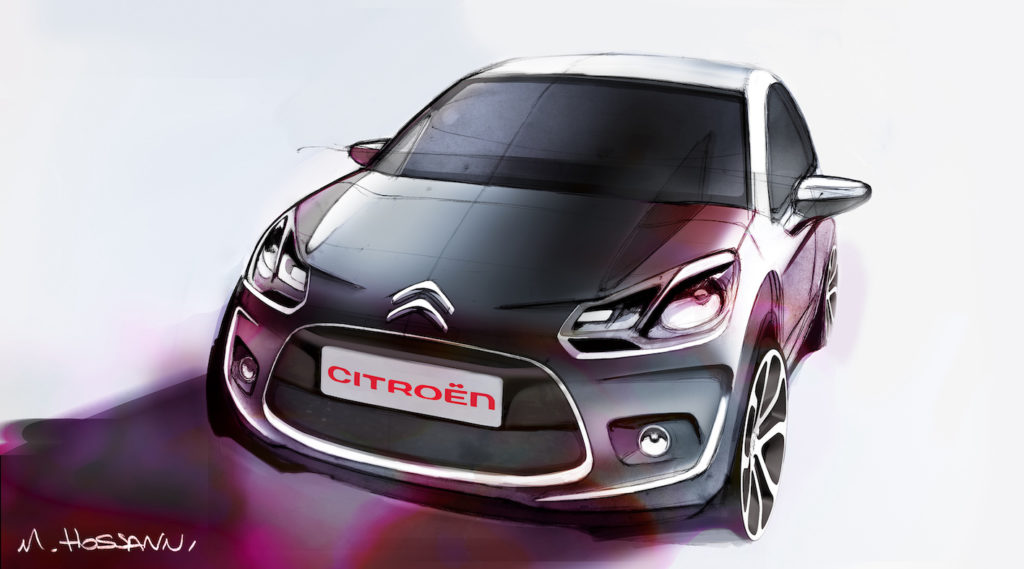
Jean-Pierre Ploué has carte blanche, but above all he has the immense pleasure of working on the product with a man of great value: Vincent Besson. With this pairing, Claude Satinet, Citroën’s boss, knows he has a pair of aces. On the one hand the aesthete of aesthetics, on the other the pro of the product. However, not everything has been rosy for the Citroën brand, from a small C2 that was too expensive to produce to a C3 Plurielle that could be dismantled (too much). But the machine that was in embryo before the arrival of Ploué (C3 Lumière and C6 Lignage) is well and truly up and running. Above all, the new styling boss knows how to surround himself with the right people. Gilles Vidal, who arrived at Citroën long before Ploué, will join this circle of the faithful. And even if Ploué wants real pros above all, he has confidence in young talent, such as Frédéric Soubirou and Matthias Hossann.
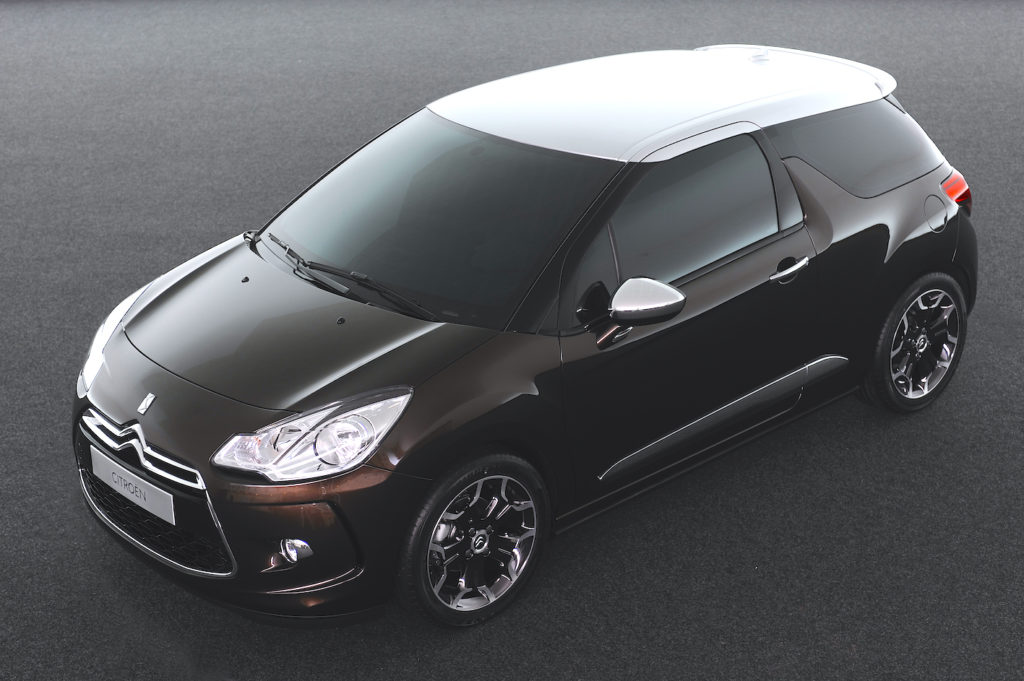
These two will once again transform the brand’s offering with the replacement for the first generation C3. The 2009 C3 broke new ground with a three-door version that had nothing in common with the C2 it replaced. Christian Streiff, the new and short-lived boss of PSA, is pushing the project towards a premium, customisable offering. Matthias Hossann designed the five-door version, while Frédéric Soubirou imagined the three-door version with its famous shark fin, which had already appeared on the first models of the Peugeot RCZ coupé being studied at the same time.

Nevertheless, Ploué decided to keep the spoiler on the Citroën and Vincent Besson and his troops came up with the ‘Citroën DS line’. Without knowing that in the short term (2014), this range within the range will disappear from Citroën’s offer and put the brand in danger.
Third generation 2016-2024
With the help of half of the PSA Group, the design department is now pushing to convert the ‘Citroën DS line’, born in 2010 with the Citroën DS Inside, into a brand in its own right. This will be achieved thanks to China, which was the first country to sell ‘DS’s – and only DS’s, without the Citroën logo – badged in this way in its own market. In 2014, Carlos Tavares, the new boss of the PSA Group, decided to go ahead with the DS brand. The end of the Citroën DS line.

Jean-Pierre Ploué is imposing a new organisational structure, with a third brand coming on board. Gilles Vidal will retain responsibility for Peugeot styling, which he took over in 2010, Thierry Metroz will become head of DS design, while Alexandre Malval will take on the difficult task of breathing new life into a Citroën brand that has just been cut off from a flourishing, profitable and fashionable branch: Alexandre Malval will use the Citroën identity created for the Picasso and Cactus across the entire range, adapting it to each of the new products of the late 2010s: C3, C3 Aircross, C5 Aircross, restyled C4 Cactus and C5X.
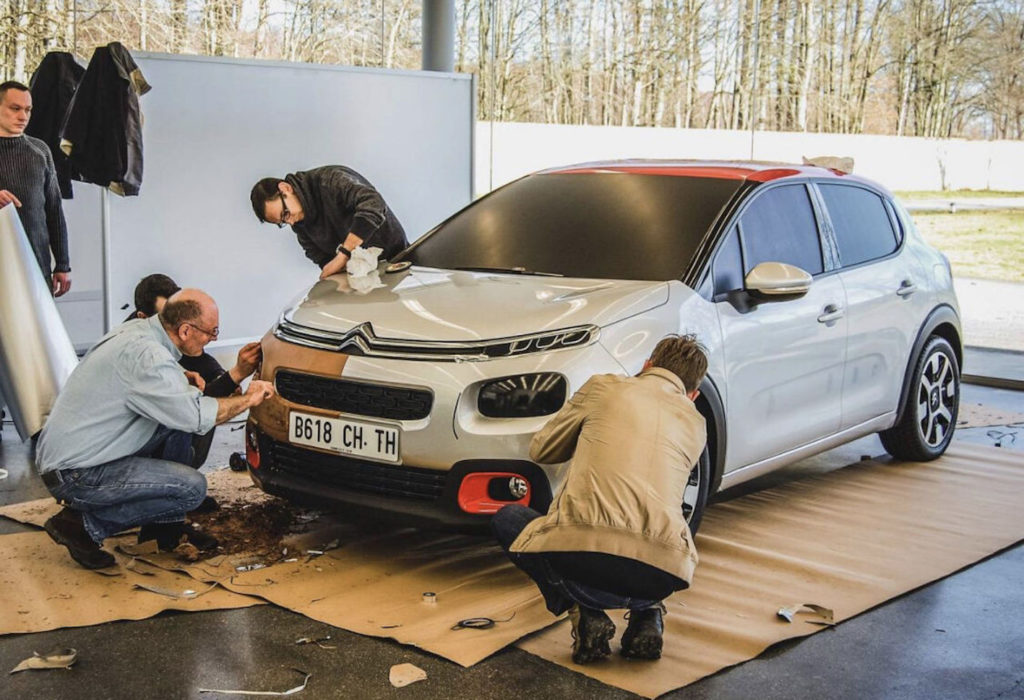
When it arrived on the market in 2016, the third-generation C3 designed by Cyril Pietton was a great success, a Citroën like we like them, different and retaining the theme of extensive personalisation that the Citroën DS3 had inaugurated. But based on the old platform, the C3 will not be able to ride the new wave of hybrid powertrains, let alone electric vehicles.

It has been overtaken by the replacement for the DS3 (DS3 Crossback in 2018) and by the 208, both of which have adopted a multi-energy platform. Worse still, Citroën seems to have been neglected by the sprawling Stellantis group, and has not presented anything new since the C5X (above), apart from the three-box silhouette of the C4. It’s high time the fourth-generation C3 arrived.
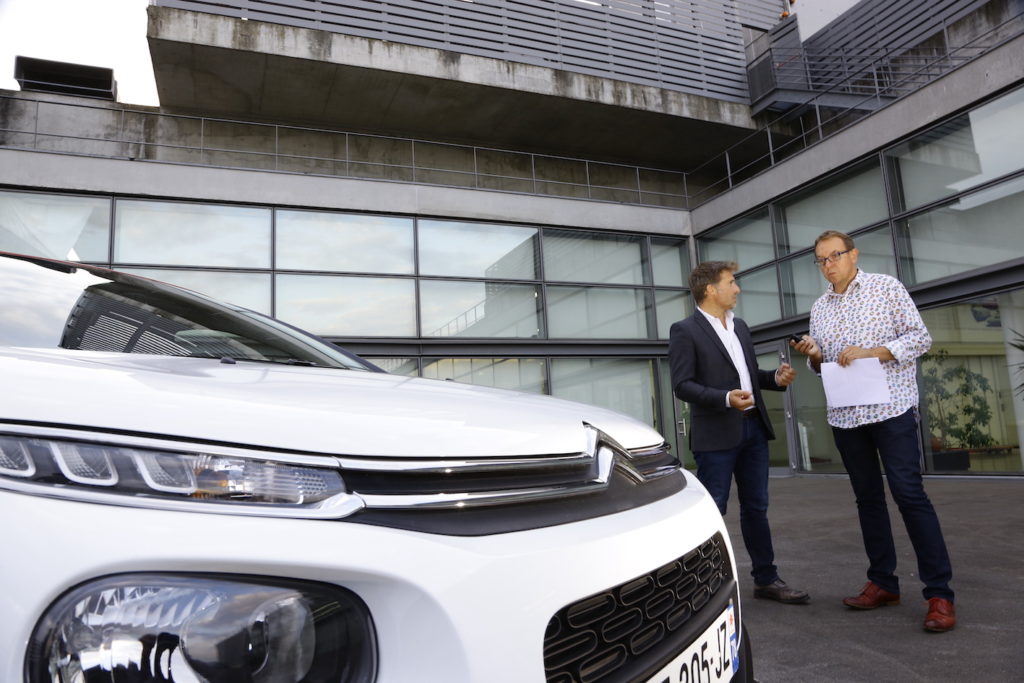
Alexandre Malval, pictured above left at the presentation of the C3, left Citroën’s design department at the end of 2018 to head up Mercedes’ advanced design centre in the south of France. He was succeeded by Pierre Leclercq. He is the ninth ‘boss’ of Citroën styling after Bertoni, Opron, Fiore, Olsen, Blakeslee, Ploué, Metroz and Malval (below, we have added Jean Giret, who masterfully ran the styling centre when Opron left). From style to design, from Bertoni to Leclercq, the world has changed. And this change is accelerating to such an extent that Citroën has missed a step, because in 2023, the brand is still not offering access to the range in 100% electric.
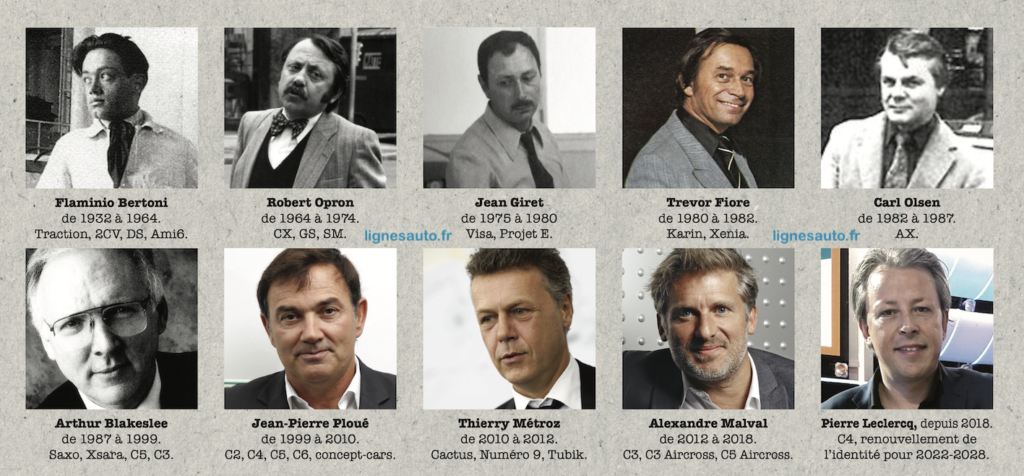
Allow me not to consider the Ami in this category. Citroën’s new boss Thierry Koskas – successor to Vincent Cobée, Koskas will therefore benefit from the latter’s work on the 4th generation C3 project – wants to build on a future low-cost ëC3 and simplify his range. On this last point, however, Peugeot is taking the wind out of Citroën’s sails by presenting an e-3008 with just two trim levels and three option packs. Citroën absolutely must rediscover the passion of the men and women who have masterfully led it for 105 years, for the better and often for excellence! Relying on this C3, expected to be “the liberator appointed and sent by the god of the automobile”, will not be enough. What about the future of a brand that will soon see the arrival of many new Fiat products, including a Panda that is said to be very close to the C3 in terms of ambitions?
BONUS LIGNES/auto
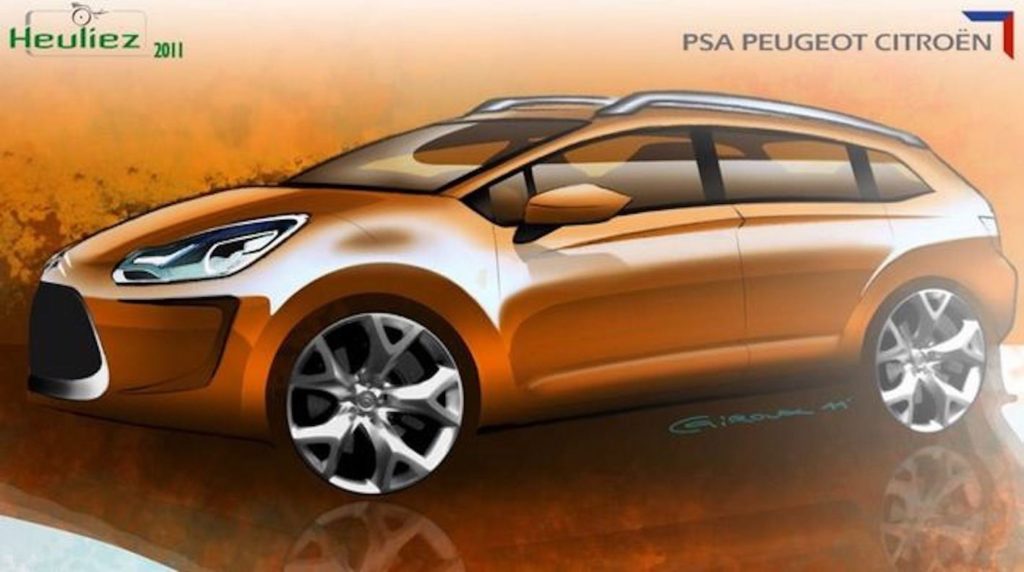
When Heuliez was a privileged consultant to the PSA Group, its small design team didn’t hesitate to propose body shapes derived from those of Peugeot or Citroën. For the second generation C3, Heuliez had considered an estate car derivative. But the manufacturer chose to switch its three-door silhouette to the premium segment…

